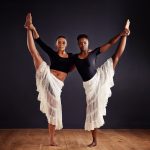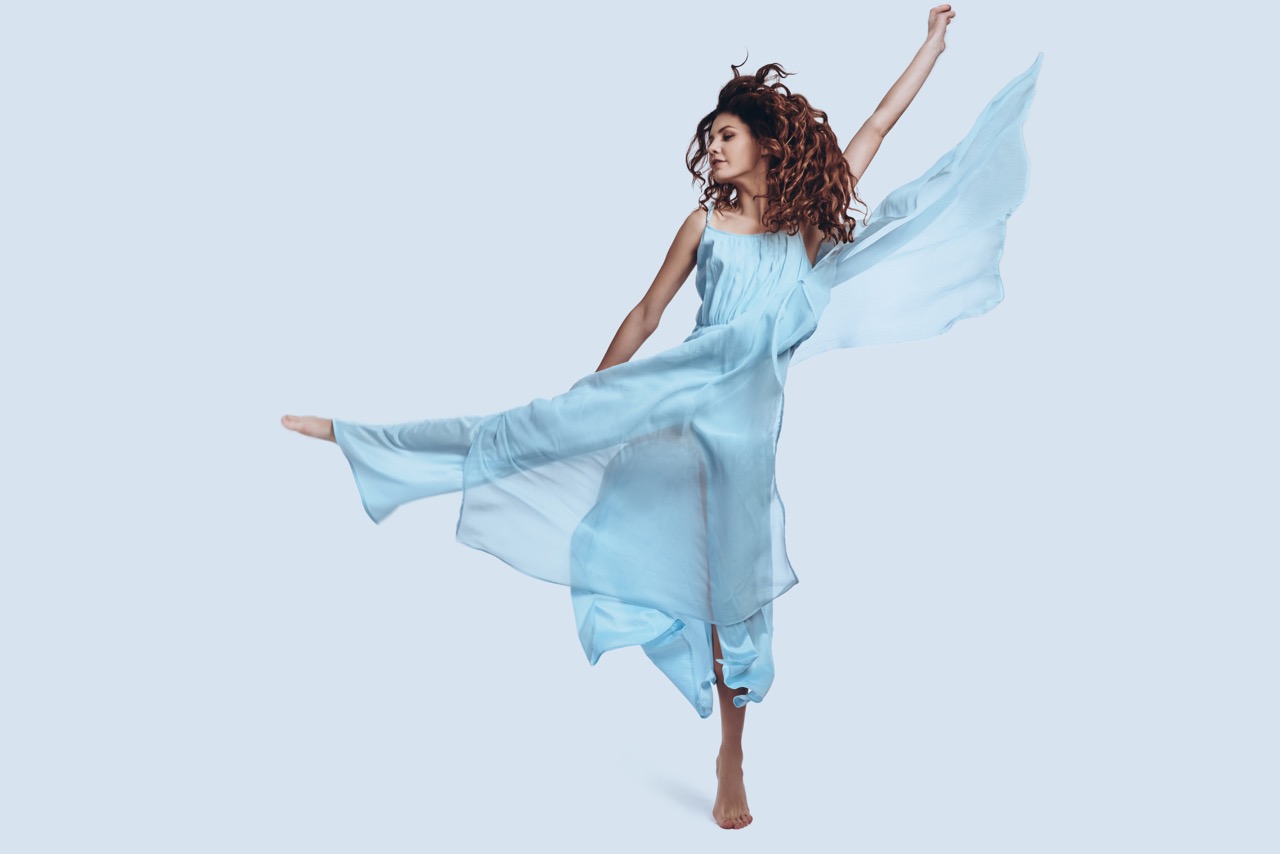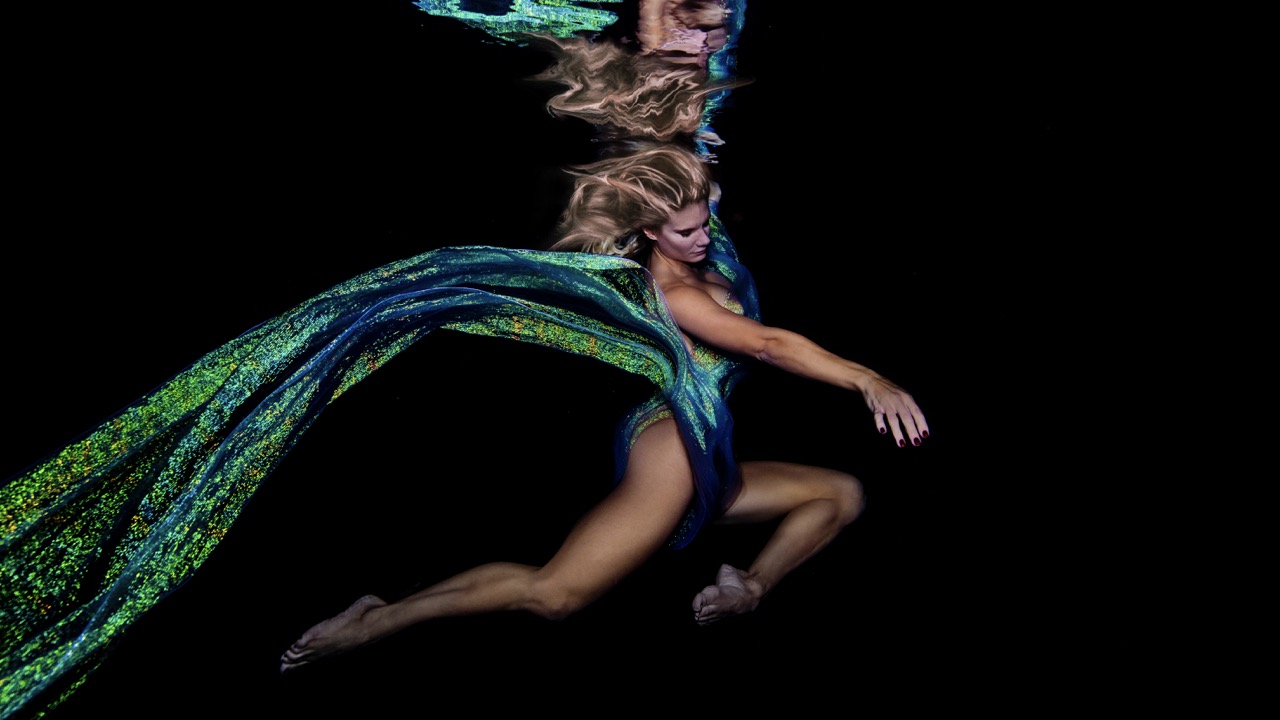Dance is often celebrated for its aesthetic beauty and physical benefits, but its influence extends far beyond the surface. Increasingly, researchers are uncovering the profound cognitive impacts of dance on the brain, revealing how this art form can enhance creativity, improve memory, and foster resilience. By understanding the intricate relationship between dance and cognitive function, we can appreciate not only the joy of movement but also its significant role in promoting mental agility and overall brain health.
Unleashing Creativity: Dance as a Cognitive Booster
Engaging in dance is more than just a physical exercise; it serves as a powerful catalyst for creativity. When individuals dance, they engage multiple brain regions responsible for spatial awareness, coordination, and rhythm. This multifaceted engagement stimulates the brain’s neural networks, promoting divergent thinking and encouraging innovative problem-solving. Studies have shown that individuals who partake in regular dance activities are often better equipped to think outside the box, which can translate to enhanced performance in various aspects of life, from artistic endeavors to everyday decision-making.
Moreover, the improvisational nature of many dance styles encourages dancers to experiment and take risks. In these moments, dancers learn to embrace uncertainty and adapt to new situations, fostering a mindset that values exploration over perfection. As they navigate through improvisation, dancers not only express themselves artistically but also strengthen their cognitive flexibility—the ability to switch between thinking about different concepts or to think about multiple concepts simultaneously. This fluidity of thought is essential in an increasingly complex world, enabling individuals to approach challenges with a fresh perspective.
Finally, the social aspects of dance further amplify its cognitive benefits. Dancing often occurs in groups or pairs, facilitating interaction and communication. This exchange fosters a sense of community and belonging, which can stimulate emotional intelligence and empathy. Engaging in dance with others allows individuals to share ideas, challenge each other creatively, and benefit from collaborative learning. Ultimately, the dual nature of dance as a solitary and social activity broadens cognitive horizons, making it a holistic booster of creativity.
The Neurochemistry of Movement: Why Dance Matters
The brain’s neurochemistry plays a crucial role in how dance affects cognitive function. When we dance, our bodies release a cocktail of neurotransmitters, including dopamine, serotonin, and endorphins. These chemicals not only elevate mood but also enhance cognitive functions such as learning, memory, and focus. The euphoric feeling often associated with dancing can lead to increased motivation and productivity, as the brain becomes primed for creative and analytical tasks.
Research indicates that dance activates the brain’s reward system, which is involved in reinforcement learning. As dancers engage with rhythm and movement, the brain’s reward pathways respond positively, enhancing the desire to repeat these activities. This cycle of enjoyment and reward strengthens neural connections, fostering better brain functioning over time. The more one dances, the more the brain adapts and grows, underscoring the idea that movement is essential for cognitive health and development.
Moreover, the physical benefits of dancing—such as improved balance, coordination, and cardiovascular health—contribute to cognitive vitality. Enhanced blood flow to the brain during physical activity supports neurogenesis, the process of creating new neurons, particularly in areas related to memory and learning. As individuals dance regularly, they not only sharpen their mental acuity but also protect their brain from age-related decline. Thus, dance acts as both a physical and cognitive exercise, making it a crucial practice for maintaining a healthy brain.
Memory and Rhythm: How Dance Enhances Learning
The intricate relationship between memory and rhythm is foundational to understanding how dance enhances learning. Engaging with rhythmic patterns helps solidify new information in the brain, making it easier to recall later. Research suggests that movement synchronized with music can significantly improve memory retention. When information is learned in conjunction with a physical rhythm, it becomes encoded more effectively, as the body’s movements reinforce cognitive associations.
Dance also serves as an engaging mnemonic device. Many dance forms incorporate storytelling elements, allowing dancers to embody narratives and concepts through movement. This kinesthetic approach to learning not only aids memory retention but also makes the process enjoyable and immersive. By connecting physical movements with intellectual content, individuals can recall information more vividly, utilizing the body as a vessel for knowledge.
Furthermore, the repetitive nature of dance practice fosters mastery and automaticity in learning. As dancers rehearse sequences, their brains create strong neural pathways that facilitate quick recall and fluid execution. This principle can be applied beyond the dance floor; educators are increasingly integrating movement-based learning strategies into classrooms, recognizing the transformative power of rhythm and movement in enhancing cognitive processes. By harnessing the brain’s predisposition for linking movement with memory, dance emerges as a potent educational tool.
Dancing Through Challenges: Resilience and Brain Health
Dance is not only a means of creative expression but also a powerful tool for building resilience. The act of learning and mastering dance routines requires perseverance, discipline, and a willingness to face challenges head-on. As dancers encounter obstacles—whether mastering a complex step or performing under pressure—they develop coping strategies that can translate into other life challenges. This resilience is crucial for mental fortitude, equipping individuals to navigate personal and professional hurdles with greater ease.
Moreover, dance serves as a form of emotional regulation, allowing individuals to process and express their emotions through movement. This ability to channel feelings into physicality can lead to improved mental health outcomes, reducing symptoms of anxiety and depression. The cathartic nature of dance facilitates emotional release, enabling individuals to confront their feelings and cultivate a sense of well-being. As they engage in rhythmic movement, dancers can find solace and strength, reinforcing their emotional resilience.
Lastly, the protective effects of dance on brain health cannot be overstated. Regular physical activity, including dance, has been linked to a decreased risk of cognitive decline and neurodegenerative diseases. The combination of physical exertion, social interaction, and cognitive engagement creates a robust environment for brain health, fostering neuroplasticity—the brain’s ability to reorganize itself by forming new neural connections. In this way, dance acts as both a shield and a sword, empowering individuals to face life’s uncertainties while maintaining cognitive vitality.
The cognitive benefits of dance extend far beyond the physical realm, touching various aspects of mental functionality and emotional well-being. From enhancing creativity and learning capacity to fostering resilience and promoting brain health, dance emerges as a multifaceted tool for cognitive enhancement. As we continue to uncover the profound ways in which movement influences the brain, it becomes increasingly clear that embracing dance is not just about rhythm and grace; it’s a celebration of the remarkable capabilities of the human mind. Engaging in dance can lead to a healthier, more vibrant life—one step at a time.










